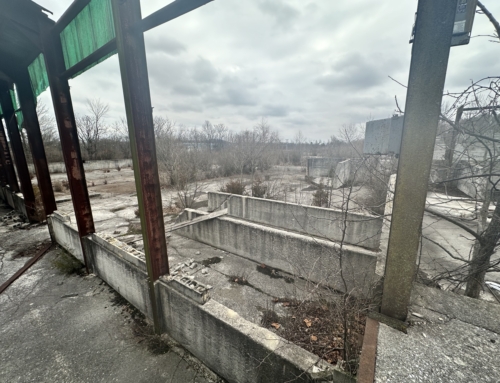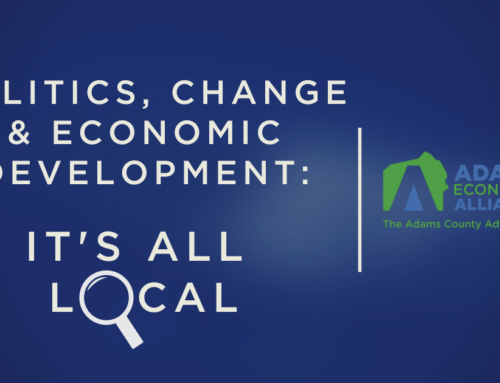This column was originally published in the Gettsyburg Times, June 14, 2018
It’s one of the most positive, forward-thinking partnerships in which our organization is fortunate to participate and contribute: The Hanover Regional Economic Development Plan. In today’s column, I’m going to explain why it formed, why it’s such a fantastic model and what “smart growth” is.
So how does one define “smart growth?” It’s the practice of concentrating growth in well-established and designated areas such as urban centers, boroughs and areas with existing infrastructure. Smart growth advocates for higher-density land use planning, mixed-use development and environmentally-friendly development practices, in conjunction with the preservation of farmland, open space and natural resources. It truly balances all aspects of land use so that growth occurs—not haphazardly—but in a planned and “smart” way!
In 2012, the York/Adams Regional Smart Growth Coalition was created by the Realtors Association of York and Adams Counties. From this, as a means to implement the concepts of smart growth, the Hanover Regional Economic Development Plan was born. My colleague Kaycee Kemper, Adams Economic Alliance’s Vice President, has been and continues to be an active member of this group. So why and how was this partnership formed?
It’s a coalition of unique and diverse organizations and individuals drawn together by a shared interest in the future direction of York and Adams Counties. Its mission is to shape public policy in order to preserve the elements that make our communities great places to live, work and play.
Core partners include the Boroughs of Hanover and McSherrystown, Penn and Conewago Townships, Adams County Office of Planning and Development and the economic development agencies for York and Adams Counties. The infrastructure, both literally and figuratively, that supports these municipalities, crosses county lines and municipal boundaries to the extent that one of the parcels with which we worked requires connection to two different sewer and water authorities, multiple utilities and road and rail access.
The coalition’s goals include encouraging environmentally-sound development practices, sustaining healthy farms and abundant farmland, revitalizing older urban areas, fostering economic growth that brings high-quality jobs to residents, assuring that reasonable housing costs remain within reach of most households, providing an array of housing opportunities within our communities, matching infrastructure development with growth strategies and encouraging growth in areas where infrastructure currently exists.
We have since seen a similar “smart growth” model established within Adams County: When the current Adams County Board of Commissioners took office, they wanted to establish conservation and preservation as high-priority activities, but they also realized that funding was necessary to keep those programs viable. What funds government programs? A tax base. “Balance” between conservation/preservation and development is actually mapped out by the Adams County Office of Planning and Development. The “Planned Communities Map” is basically a tool for identifying areas where smart growth can and should occur within municipalities that want it.
As is the case with life in general, we are all better off and our communities are better off, when conversations, planning and working happens in partnership with each other. Smart growth is really smart development.
Additional Resource: Smart Growth America





